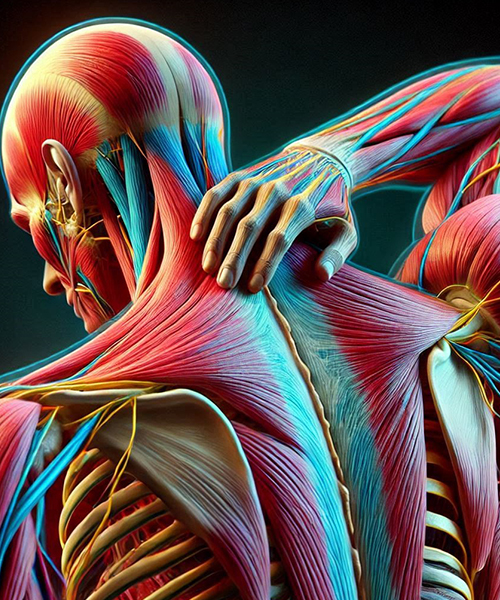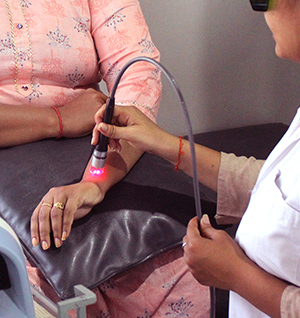

Our Advanced Treatments
Muscle Strains
Aashray Advanced Physiotherapy: Your Partner in Posture Correction
A muscle strain, also known as a pulled muscle, occurs when muscle fibers are overstretched or torn. This injury can range from mild to severe, depending on the extent of the damage. Symptoms often include pain, swelling, bruising, and limited mobility in the affected area.
Issues in Physiotherapy
Physiotherapy is a common treatment for muscle strains, but it can present challenges:
Pain Management: Effective pain relief is crucial for patient compliance and recovery.
Restoration of Function: Restoring full range of motion and muscle strength can be time-consuming and requires a tailored rehabilitation program.
Preventing Re-injury: Ensuring that patients do not return to full activity too soon is essential to prevent re-injury.
Recovery Methods
Neurotherapy
Neurotherapy, also known as neuromuscular therapy, focuses on the nervous system's role in muscle function. It can help improve muscle strength and reduce atrophy by addressing neurological factors that contribute to muscle weakness. Techniques such as electrostimulation and nerve mobilization are commonly used.
Physiotherapy
Physiotherapy involves a range of interventions to manage muscle strains:
Manual Therapy: Techniques such as massage and joint mobilizations help reduce pain and improve mobility.
Exercise Prescription: Stretching and strengthening exercises are tailored to the patient's needs to restore function and prevent future injuries.
Therapeutic Modalities: Use of ice, heat, ultrasound, and electrical stimulation to reduce pain and inflammation.
Orthopedic Treatment
Orthopedic treatment may be necessary for severe muscle strains:
Immobilization: In cases of complete tears, immobilization using braces or splints may be required to allow the muscle to heal.
Surgical Intervention: Surgery may be needed to repair a completely torn muscle or tendon.
Post-Surgical Rehabilitation: A structured rehabilitation program is essential for recovery after surgery.
Laser Therapy
Laser therapy uses low-level lasers to reduce pain and inflammation and promote healing. It can be particularly effective for mild to moderate muscle strains by enhancing tissue repair and reducing recovery time.
Conclusion
Recovering from a muscle strain involves a combination of rest, appropriate therapy, and gradual return to activity. Each treatment method has its own benefits and can be tailored to the patient's specific needs to ensure a full recovery. For comprehensive solutions and expert care, Aashray Advanced Physiotherapy offers specialized services to help you heal effectively. Whether through neurotherapy, physiotherapy, orthopedic treatment, or laser therapy, Aashray Advanced Physiotherapy is dedicated to providing the best possible care for your recovery.
